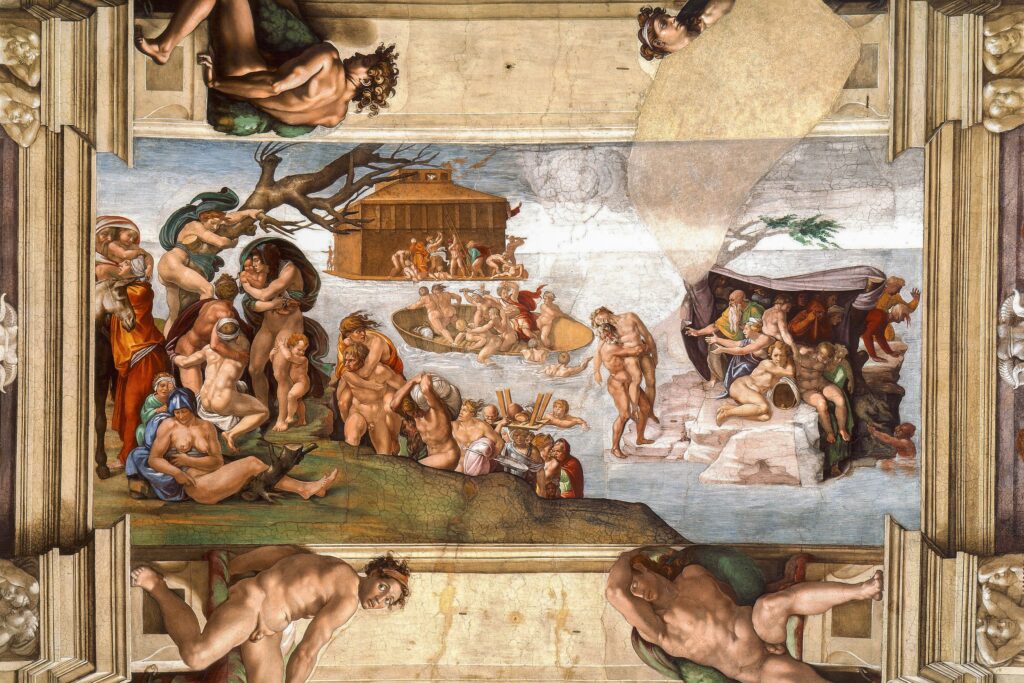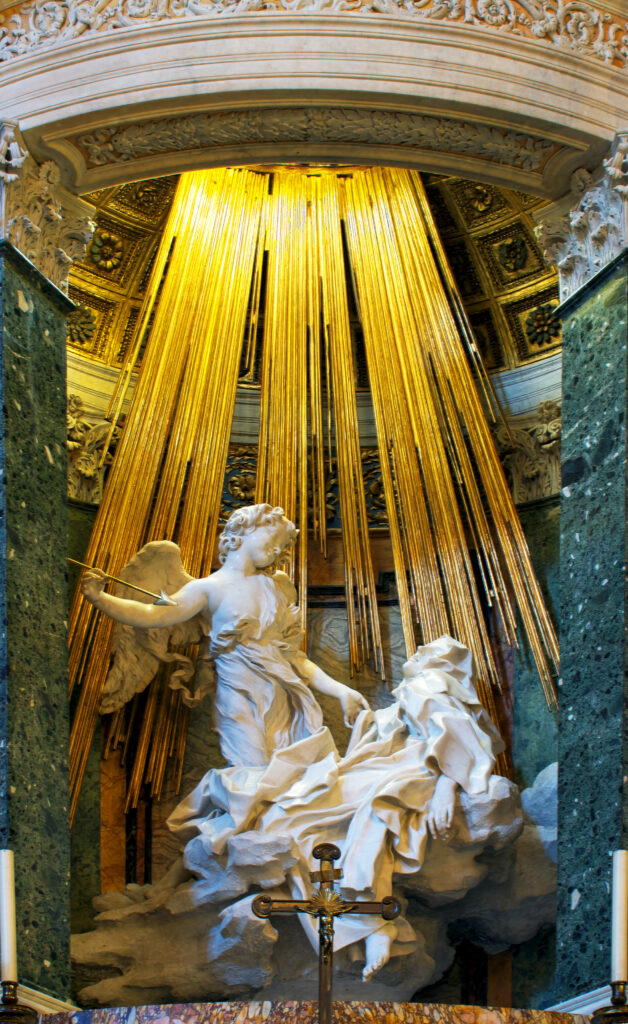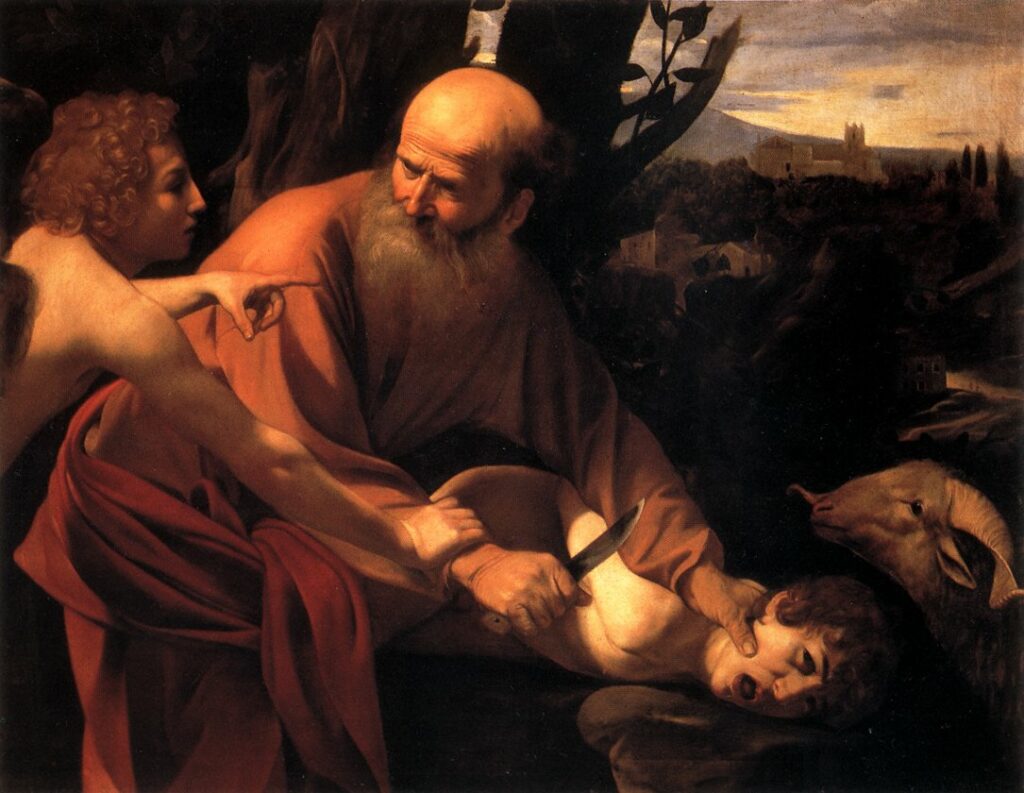Thinking About the World
― Bertrand Russell, The ABC of Relativity
Thinking is hard. As the philosopher Bertrand Russell says, most people would rather not engage in the kind of hard thought that is needed to understand the world. However, this is not a fault but an adaptation. We evolved as human beings to assess the world quickly and make snap judgements. They were the ones who survived in our ancestral past. Those of us who made careful assessments of the situation thoughtfully became lunch. Given this, it is amazing that we also had the ability to become critical thinkers. This gave our ancestors the edge to not just live in the moment but to think in the long-term. They tried to understand the world around them and developed complex societies that allowed them to survive better than other animals.
This book is about a subject that is hard to learn. Most of us think of ourselves as people who make carefully considered decisions. We do not realize how much we are influenced by our culture, family, peers and environment. To get through all these barriers and understand the world as it is can be difficult. But “enter through the narrow gate. For wide is the gate and broad is the road that leads to destruction, and many enter through it” (Matt 7:13). Making the effort to be better thinkers will be its own reward.
As we go through this book, you will encounter ideas and concepts that will help you become better thinkers. At the same time, you will come across ideas that may be uncomfortable and go against what you have been taught in the past. Engage with those ideas. Try to critique them through reason. Make sure you do not create mind blocks to shut them out. It is always possible that you are correct and I am wrong. The main goal is to make sure we arrive at the truth through reason. In other words, you will learn not what to think but how to think.
Mythopoeic Thought
— Henry David Thoreau, The Journal of Henry David Thoreau, 1837–1861
Throughout human history, people have come up with ideas about how the world works. We call these stories myths (somewhat disparagingly). However, myths were ways of understanding the world with the best tools available to our ancestors. How does the sun come up every day? What is the moon? Why do people sometimes behave different? What causes them to hear disembodied voices? Why do we get sick?
Before we delve into the development of philosophy and its successor, natural philosophy (or science), we need to understand what makes science (and philosophy) different from other ways of thinking. Indeed, these other ways of explaining and understanding have been the dominant way of knowing for most of human history. The push towards a more rational and systematic way of thinking does not appear to be a natural instinct for human beings. In fact, the recent increase in pseudoscientific beliefs and conspiracy theories is not new, but a perfectly normal phenomenon. Therefore, we will start by defining what these other ways of knowing are in order to see how philosophy started to move humanity towards rationality and (later) empiricism.
If you are used to hearing people talk, then when you hear voices when no one is around, it is logical to assume that there must be disembodied spirits. Things move because we act upon them. If the sun and the moon are moving, then it is logical to assume that someone must be moving them. Such explanations are what we call mythopoeic thought. The term comes from a poem written by J. R. R. Tolkien. Mythopoeic thought involves explanations about the world and the origins of things as told through stories. We will start by looking at the key characteristics of mythopoeic thought (Frankfort et al., 1946/1977).
1. Myths Are Stories About Persons
Mythic traditions are tales of gods, heroes, mythical creatures, and ordinary people. Things are the way they are because these individuals did things in the mythic past. In Ancient Israel, the rainbow was thought to be a reminder to their god Yahweh to not flood the Earth again when it rains (Genesis 9:16). Some cultures think of the rainbow as the bow of a god. The Arabic term قوس قزح , Qaws Quzaḥ still means “the bow of (the god) Quzaḥ”. Similarly, the Hindi term इंद्रधनुष indradhanush means “the bow of (the god) Indra”.
In the same vein, natural phenomena are explained through such mythic beings. Among the Algonquian people, thunder is caused by the flapping of the wings of thunderbirds (Cleland et al., 1984) and lightening comes from their eyes (Lenik, 2012).

2. Myths Have a Multiplicity of Explanations for the Same Phenomenon
Mythic traditions have multiple stories that are not logically exclusive. Numerous stories may exist in parallel. For example, we have two distinct genealogies for Jesus in the gospels of Matthew and Luke along with very distinct nativities. The Ancient Greeks had numerous stories about the birth of Zeus or about the adventures of Hercules. The Ancient Egyptians considered the sun to be the god Ra, a ball pushed through the sky by a giant scarab beetle Khepri, and the eye of the hawk Horus.
Within traditions, there is rarely any attempt to harmonise these contradictory stories. They coexist to tell us different versions of the way things were and are in the world around us.

3. Myths Are Conservative to Change
Myths do not change easily. In fact, there is a resistance to change. The stories that were told thousands of years ago may still be told today within certain communities. This is because these stories continue to give meaning to their respective communities. However, this means that as new ideas emerge, these traditions may act as a barrier to changing people’s views about how the world works.

4. Myths Are Self-Justifying
The only justification for the truth of a particular tradition may be that it was inspired by the gods. How do we know that Homer knew all the activities of the heroes of the Iliad? He tells us at the very beginning by invoking the muse that inspires him to see what happened (μῆνιν ἄειδε θεὰ, “Sing of Anger, O Goddess”).

5. Myths Are Morally Ambivalent
The gods and heroes in mythic traditions do not always do what is moral or admirable. This is true even for the people within those mythic traditions. In Homer’s Iliad, Achilles is the hero, but his actions are far less admirable even to the Greeks. In the traditions of the Ancient Israelites, Yahweh commands wholesale genocide of the Canaanites as well as the sexual exploitation of their women (Numbers 31.18). Such examples abound in any myth you will come across (unless it was scrubbed clean for general consumption by modern writers).

This list is not an attempt to denigrate mythic traditions. Rather, it is a list of common characteristics that all mythopoeic thought shares regardless of culture or community. They are reflective of human nature as it is and honest about the brutality of life. But at some point in history, three civilizations started a process that led to what we now call philosophy. A tradition that was very different from what came before it.
Myth Quest
Think of a myth you have personally encountered. List how many of the characteristics of mythopoeic thought you can find in it. Also, try to find other versions of that myth and see why they would have been changed to suit the needs of the community at different times.
Media Attributions
- Figure 1.1 The Deluge after restoration [Part of Sistine Chapel ceiling] by Michelangelo (1475–1564) [Photo from the Web Gallery of Art], via Wikimedia Commons, is in the public domain.
- Figure 1.2 Egyptian Hypocephalus Images by User:HarJIT [Derivative of files from Jeff Dahl, A worried citizen, RootOfAllLight, Finn Bjørklid, FDRMRZUSA, Jasmina El Bouamraoui and Karabo Poppy Moletsane, and Rawpixel], via Wikimedia Commons, is used under a CC BY-SA 4.0 license.
- Figure 1.3 The Raven and the First Men, Museum of Anthropology (7960613690) by Bill Reid [Photo by Scarlett Sapho], via Wikimedia Commons, is used under a CC BY-SA 2.0 license.
- Figure 1.4 Ecstasy of St. Teresa HDR by Gian Lorenzo Bernini (1598–1680) [Photo by Livioandronico2013], via Wikimedia Commons, is used under a CC BY-SA 4.0 license.
- Figure 1.5 The Sacrifice of Isaac by Caravaggio by Caravaggio (1571–1610) [Photo from Nicolas Pioch/WebMuseum/ibiblio.org], via Wikimedia Commons, is in the public domain.

